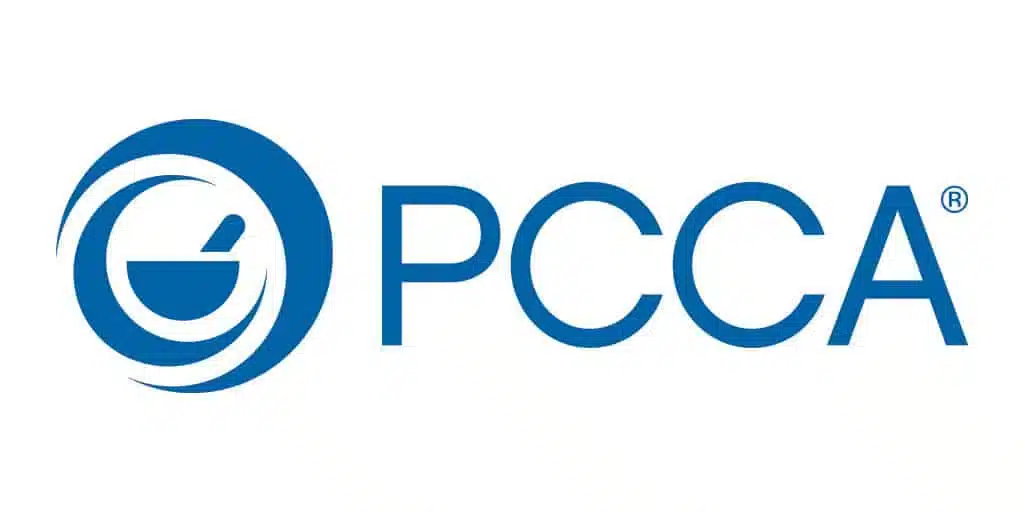Compounding Answers

Do you have questions about Pharmacy Compounding? We have answers
Pharmacy compounding is a long-established tradition that offers customized care to meet the specific needs of individual patients.
Have you ever wished your child’s medicine tasted better, so they would accept it without a fuss? Or struggled to cut a prescription tablet in half because the pill wasn’t manufactured in the strength you required? Perhaps an ill loved one could have benefited from having multiple medications combined into a single dose. Compounding pharmacists provide solutions to all these problems, and more.
Pharmacy compounding is the art and science of preparing customized medications for patients. Its practice dates back to the origins of pharmacy, although compounding’s presence in the pharmacy profession has changed over the years. In the 1930s and ’40s, the majority of prescriptions were compounded. With the advent of mass drug manufacturing in the 1950s and ‘60s, compounding declined as the pharmacist’s role as a preparer of medications quickly changed to that of a dispenser of manufactured dosage forms. However, this “one-size-fits-all” approach to medication meant that some patients’ needs were not being met.
Within the last few decades, however, compounding has experienced a renaissance as modern technology and innovative techniques and research have allowed more pharmacists to customize medications to meet a patient’s unique needs.
- Adjust the strength of a medication
- Avoid unwanted ingredients, such as dyes, preservative, lactose, gluten, or sugar.
- Add flavor to make the medication more palatable
- Prepare medications using unique delivery systems. For patients who find it difficult to swallow a capsule, a compounding pharmacist may prepare the drug as a flavored liquid suspension instead. Other medication forms include topical gels or creams that can be absorbed through the skin, suppositories, sublingual troches, or even lollipops.
Yes! Children and the elderly are often the types of patients who benefit most from compounding. It is common for parents to have a tough time getting their children to take medicine because of the taste. A compounding pharmacist can work directly with the physician and the patient to select a flavoring agent, such as bubblegum, grape, tutti frutti, or vanilla butternut, which provides both an appropriate match for the medication’s properties and the patient’s taste preferences. Just think – no more wasting medicine when a cranky patient spits it out!
Compounding pharmacists also can help patients who experience chronic pain. For example, some arthritic patients cannot take certain medications due to gastrointestinal side effects. With a healthcare practitioner’s prescription, a compounding pharmacist may be able to provide these patients’ anti-inflammatory or pain-relieving medications with topical preparations that can be absorbed through the skin. Compounded prescriptions frequently are used to ease pain, nausea, and other symptoms for hospice patients as well.
Compounding has been part of healthcare since the origins of pharmacy, and is widely used today in all areas of the industry, from hospitals to nuclear medicine. Over the last few decades, compounding’s resurgence has benefited largely from advances in technology, quality control and research methodology. The Food and Drug Administration has stated that compounded prescriptions are both ethical and legal as long as they are prescribed by a licensed practitioner for a specific patient and compounded by a licensed pharmacy. In addition, compounding is regulated by state boards of pharmacy.
- Hormone replacement therapy (HRT)
- Hospice
- Pediatrics
- Pain management
- Ophthalmology
- Dentistry
- Otic (for the ear)
- Dermatology
- Medication flavoring
- Neuropathy
- Veterinary
- Sports medicine
- Infertility
- Wound therapy
- Podiatry
- Gastroenterology
- And many more!


